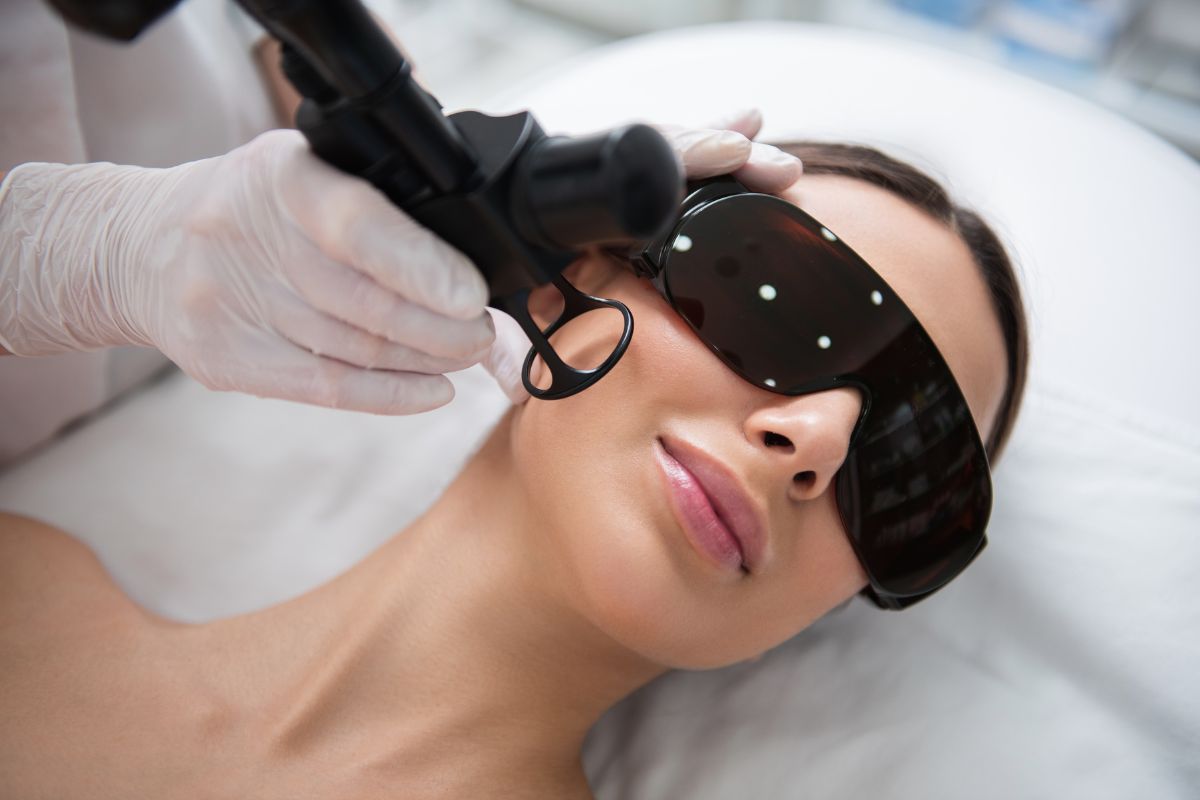What Is CO₂ Resurfacing?
CO₂ resurfacing uses a carbon dioxide laser to remove the outer layers of damaged skin. This process also heats the deeper skin layers, stimulating collagen production and improving tone, texture, and firmness. CO₂ lasers are highly effective at reducing fine lines, wrinkles, sun damage, and acne scars. While all CO₂ lasers follow this same basic principle, they differ in depth, intensity, and recovery time. That’s where the distinction between light CO₂ laser treatment and full CO₂ treatment comes into play.Light CO₂ Laser Treatment: A Gentler Approach
What Makes It “Light”?
A light CO₂ laser treatment is a fractional or lower-energy version of traditional CO₂ therapy. It treats only a portion of the skin at a time, leaving healthy skin in between to speed up healing.Key Benefits:
- Minimal downtime (usually 3–5 days)
- More comfortable experience
- Ideal for early signs of aging
- Gentle enough for regular maintenance
Best For:
- Mild pigmentation issues
- Fine lines and texture
- First-time laser patients
- Those looking for a quick refresh without a long recovery
Full CO₂ Treatment: Deeper and More Dramatic
What Sets It Apart?
Full CO₂ treatment is a more intensive procedure. It removes a thicker layer of skin and delivers energy deeper into the dermis. This leads to more dramatic results—but also requires more recovery time.Key Benefits:
- Significant improvement in wrinkles, sun damage, and scars
- Long-lasting results from a single session
- Deep collagen stimulation
Best For:
- Moderate to severe wrinkles
- Deep acne scars or sun damage
- Skin that has not responded to lighter treatments
CO₂ Laser Comparison: Light vs. Traditional
| Feature | Light CO₂ Laser Treatment | Full CO₂ Treatment |
| Downtime | 3–5 days | 7–14 days |
| Discomfort | Minimal | Moderate to high |
| Target Depth | Superficial | Deep |
| Number of Treatments | Series of 2–3 | Often just 1 |
| Recovery Needs | Mild redness, flaking | Swelling, redness, peeling |


